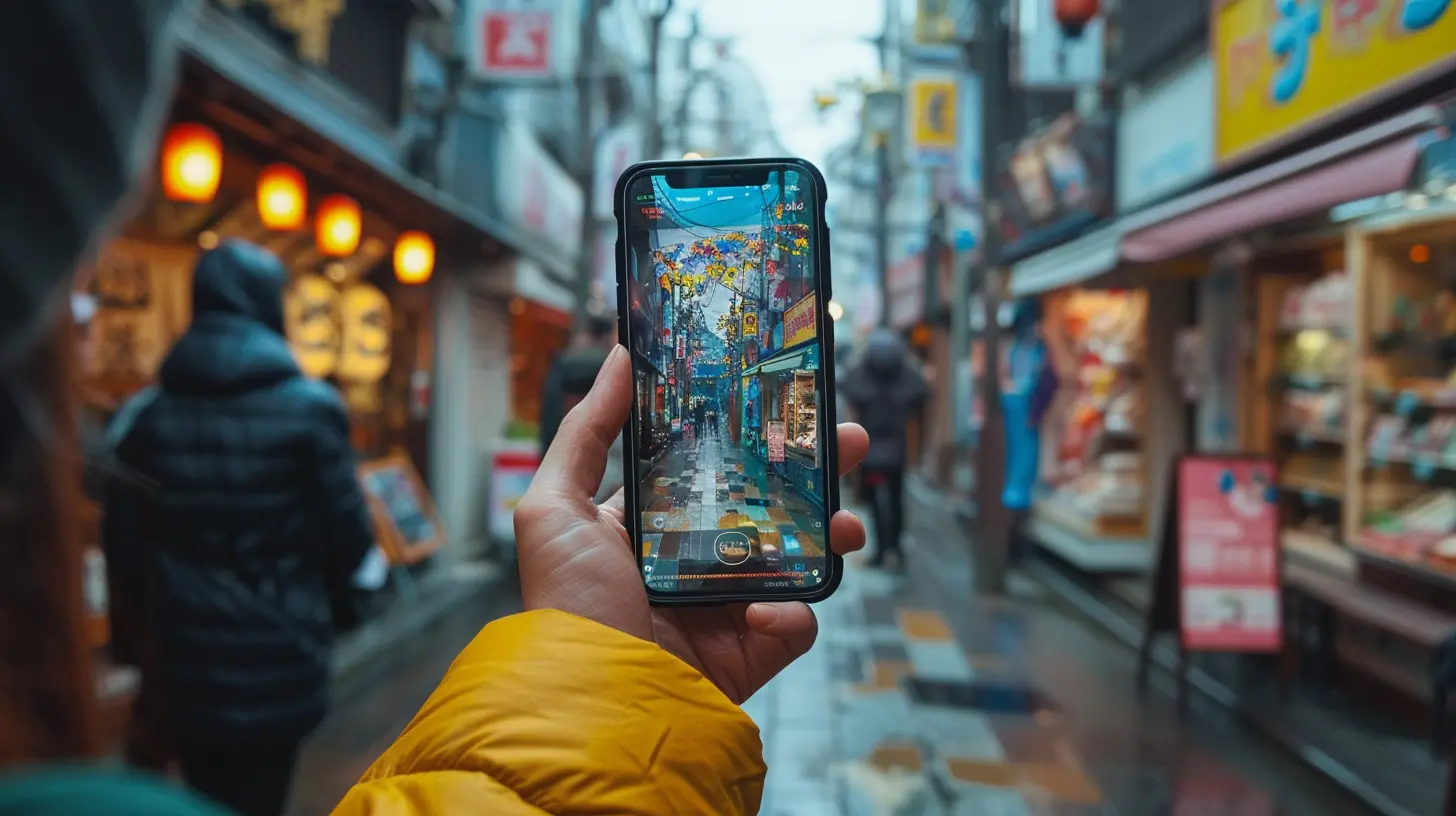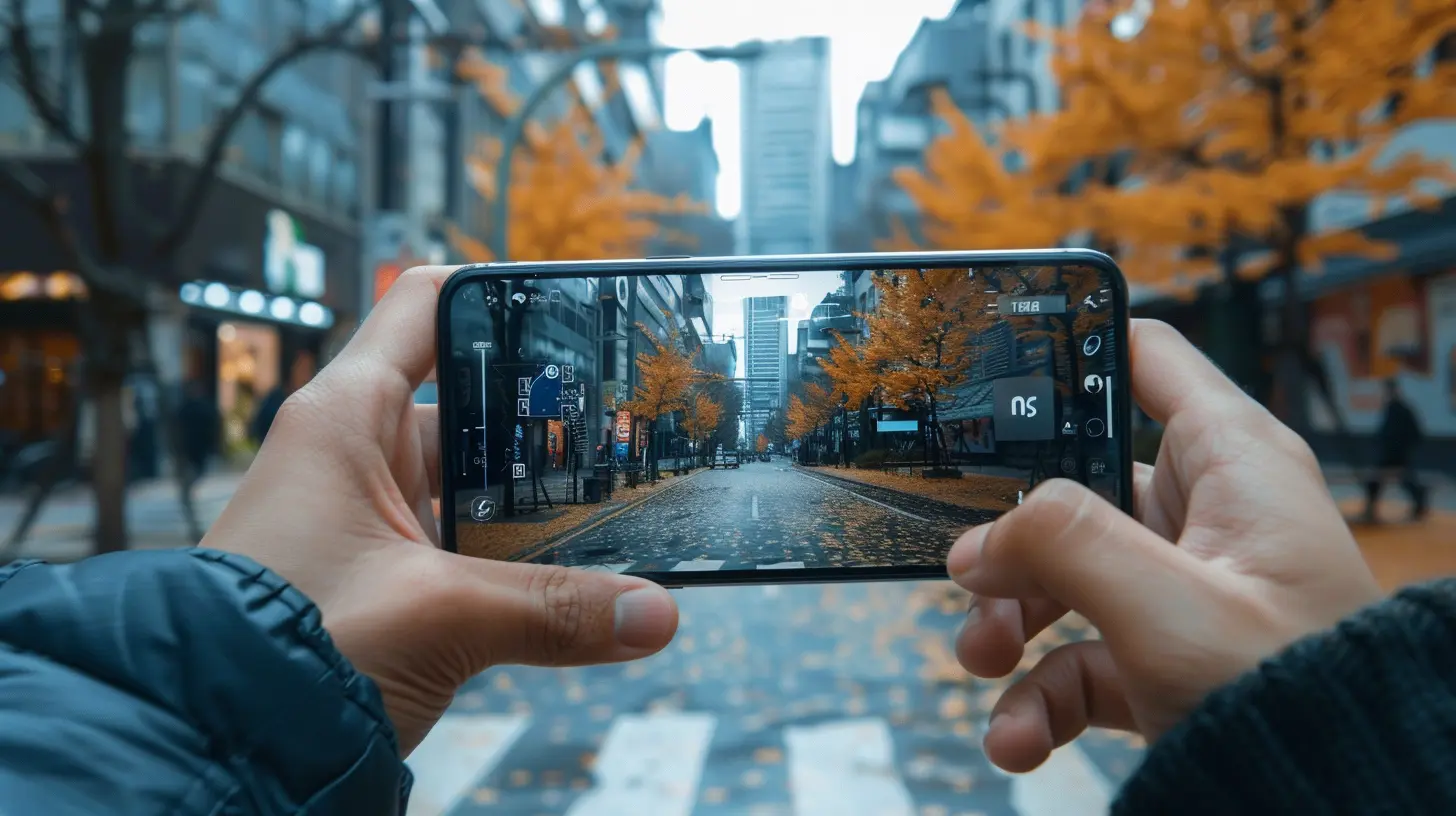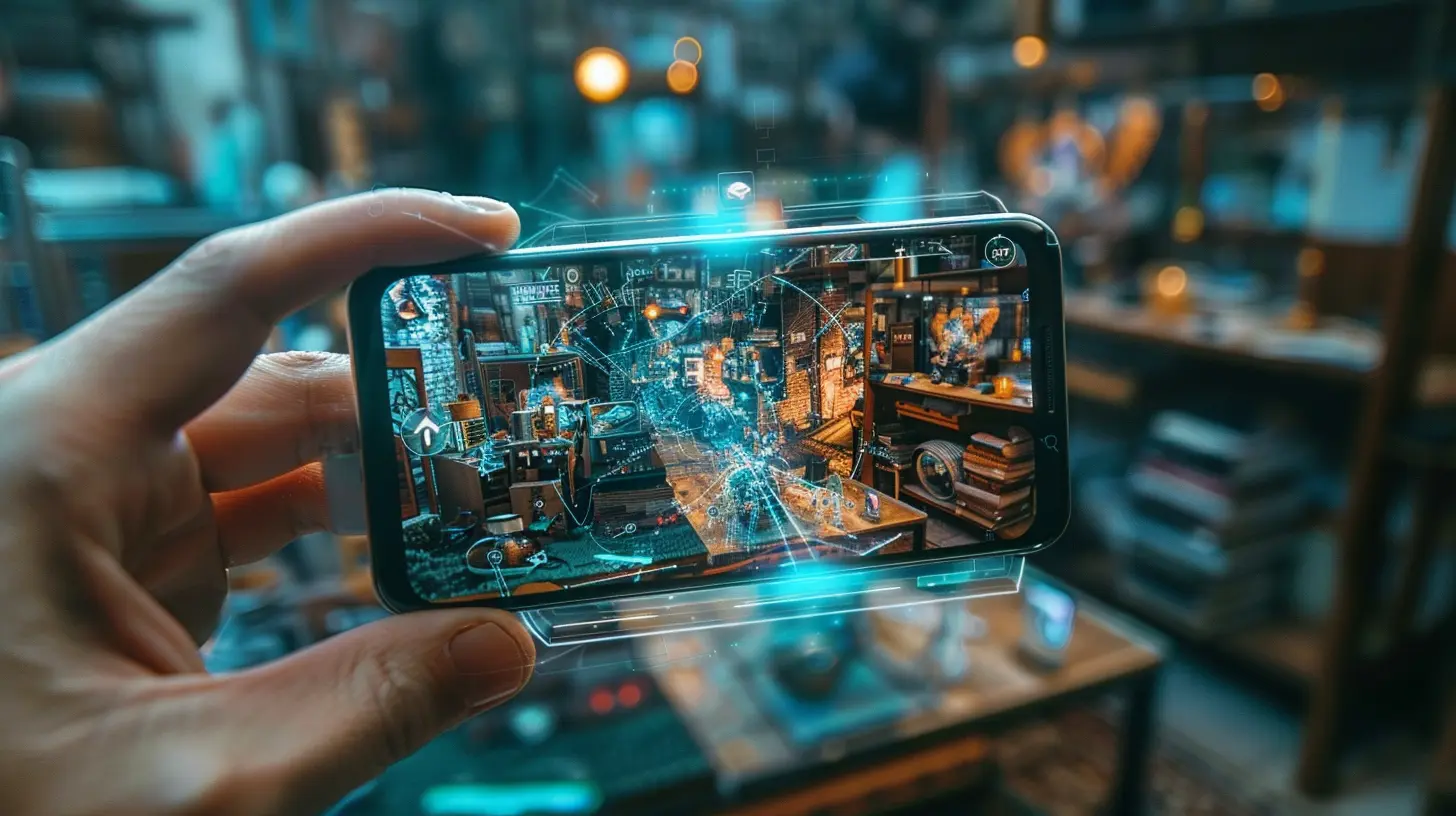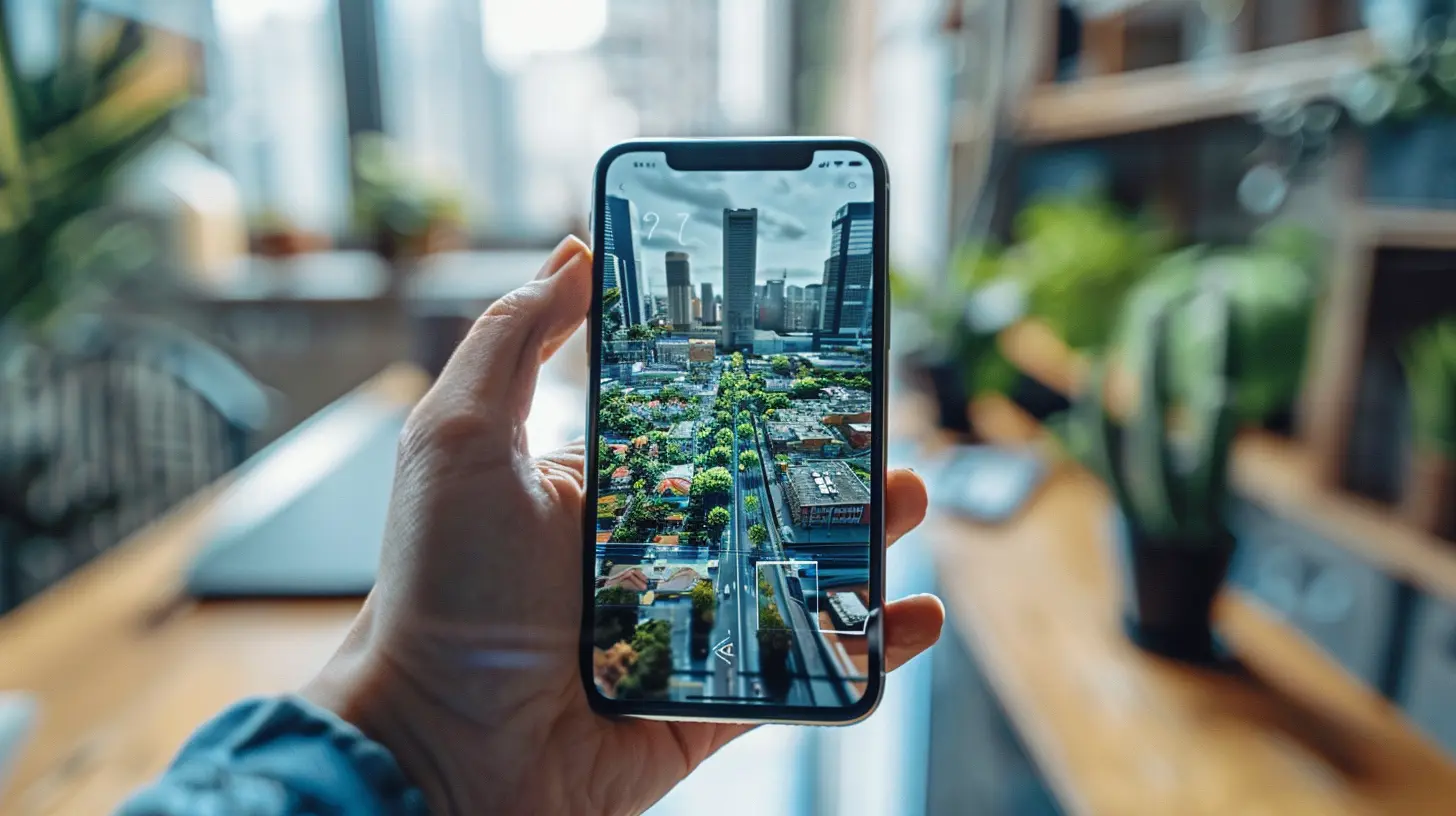Augmented Reality on Mobile: What’s Next for AR Apps?
20 November 2025
Augmented reality (AR) on mobile is like that friend who keeps showing up at parties with cooler and cooler gadgets—just when you think they've peaked, they do something even more impressive.
From Pokémon GO to Snapchat filters, AR has already woven itself into our daily digital lives. But where is it heading next? Are we about to live in a world where everything we see on our phones is enhanced with AR? Let’s break down the future of AR apps and how they will shape the way we interact with the digital and physical worlds.
The Current State of Mobile AR
Before we dive into what’s next, let’s take a loot at where mobile AR stands today.1. Social Media & Entertainment
AR filters and effects have become a staple for platforms like Instagram, Snapchat, and TikTok. Whether it's turning your face into a cat or placing dancing hotdogs in your living room, AR is making content more interactive and engaging.2. Gaming & Immersive Experiences
The success of Pokémon GO opened the floodgates for AR gaming. Games like Harry Potter: Wizards Unite and Minecraft Earth followed, adding new dimensions to mobile gaming. AR has transformed our cities into playgrounds—literally.3. E-Commerce & Shopping
Ever tried on a pair of virtual sunglasses before buying them? AR is revolutionizing online shopping with features like virtual try-ons for makeup, shoes, and furniture. Retailers like IKEA and Sephora are using AR to help customers make better purchasing decisions.4. Navigation & Maps
Google Maps and Apple Maps have integrated AR to guide people in real-time. No more awkwardly turning your phone in different directions to figure out where to go—AR will place digital arrows and landmarks right in front of you.
What’s Next for Mobile AR?
Alright, enough with the recap—let’s talk about the exciting things coming our way.1. AR Glasses That Work Seamlessly with Mobile
Remember Google Glass? Yeah, it didn’t quite take off. But that was then, and this is now. Companies like Apple and Meta are working on AR glasses that seamlessly integrate with smartphones, offering a hands-free, always-on AR experience.Imagine receiving text messages, navigation guidance, or even identifying people with facial recognition—all while looking through your AR glasses. The smartphone might not be the only AR powerhouse for long.
2. AI-Powered AR Assistants
Siri and Google Assistant are great and all, but imagine if they could project virtual screens, objects, and even holographic guides right in front of you. AI-powered AR assistants will soon help you:- Cook meals by projecting step-by-step instructions onto your counter,
- Fix a leaking pipe with AR-guided tutorials, or
- Practice yoga with a virtual instructor right in your living room.
3. AR in Health & Fitness
The next wave of fitness apps might ditch boring voice cues and replace them with fully interactive AR coaches. Imagine jogging through an AR-generated environment where virtual trainers motivate you, or playing an AR-powered dodgeball game that turns workouts into something fun.Medical professionals are also jumping on the AR train. Soon, doctors and surgeons might use AR to visualize scans or perform AR-guided surgeries, without being glued to traditional screens.
4. AR-Powered Virtual Meetings & Workspaces
We’re already living in a remote work era, but AR is about to level it up. AR meetings could make working from home feel like being in the office. Picture this: Instead of staring at tiny Zoom windows, colleagues appear as life-size holograms sitting around a virtual conference table.Apps like Microsoft Mesh are already taking steps toward making AR collaboration a reality, and with time, mobile AR could eliminate the need for physical office spaces altogether.
5. AR in Education & Learning
Traditional textbooks? Boring. AR-powered learning? Now we’re talking. Imagine kids learning about planets by seeing them floating around the room, or history students watching historical battles play out as AR dioramas on their desks.Mobile AR could turn classrooms and homes into interactive education hubs, making learning a far more engaging experience.
6. AR and the Metaverse
The metaverse is a hot topic, but it’s not all about clunky VR headsets. AR is set to play a massive role in bridging the gap between digital and physical realities. With AR apps, you might soon decorate virtual homes, attend AR concerts, or even try on digital clothes for your metaverse avatar—all from your smartphone.
Challenges Ahead for AR Apps
Of course, it’s not all sunshine and holograms. AR still has hurdles to overcome.1. Hardware Limitations
AR is power-hungry, and most current mobile devices weren’t exactly designed with constant AR usage in mind. More powerful processors, better battery efficiency, and improved cameras are needed to get the best AR experience.2. Privacy Concerns
With AR collecting real-world data through cameras and sensors, privacy is a big concern. Companies need to ensure user data is protected and not exploited for advertising or other shady purposes.3. Development Costs
Creating high-quality AR apps isn’t cheap. Small developers may struggle to enter the AR space, leaving it dominated by tech giants. Lowering the barriers to entry is crucial for a diverse and innovative AR future.4. Adoption Rates
As cool as AR is, not everyone’s fully on board yet. While AR gaming has seen massive success, other applications—like AR shopping and navigation—still need more users to make them mainstream.
The Future is... Augmented
So, what’s next for AR apps? A whole lot. From AI assistants and virtual workspaces to AR-powered learning and fitness, mobile AR is set to revolutionize how we interact with technology.While challenges remain, one thing is clear: AR isn’t just a gimmick anymore—it’s becoming an integral part of our digital lives. And who knows? The next time you look at your phone, it might just be showing you an entirely new world through AR.
all images in this post were generated using AI tools
Category:
Mobile TechnologyAuthor:

Ugo Coleman

